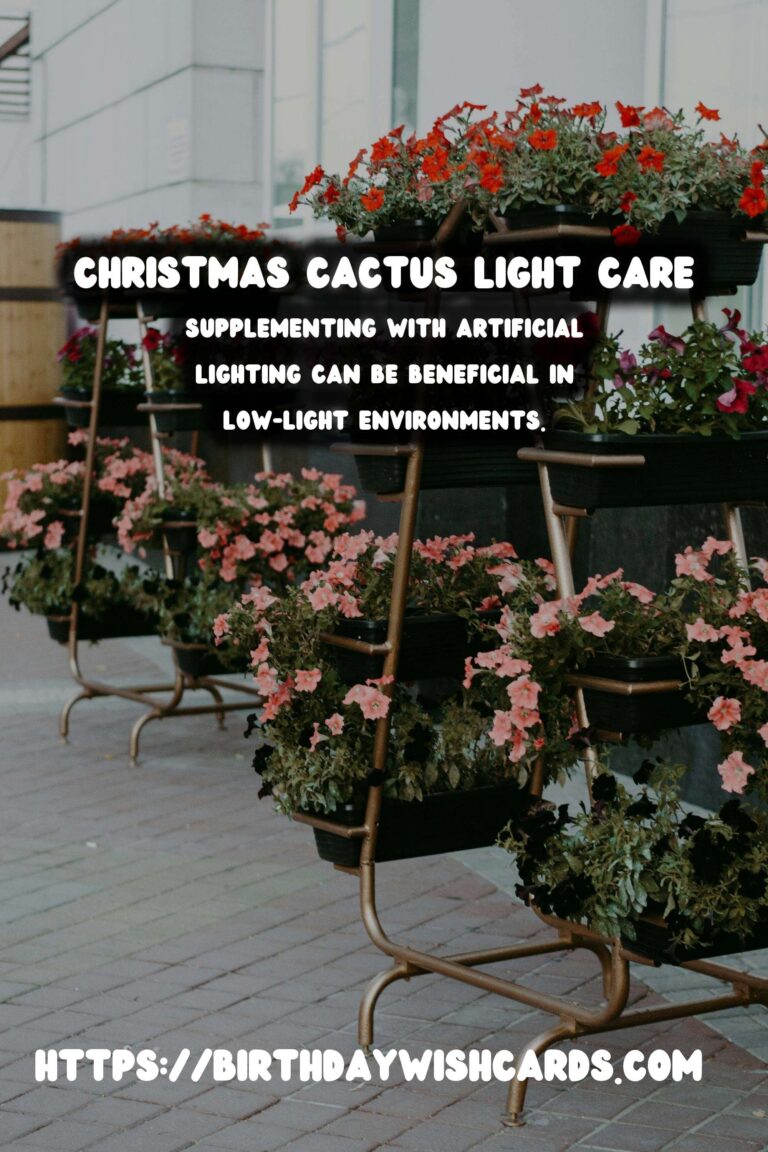
The Christmas Cactus, known for its vibrant blooms during the holiday season, is a popular houseplant with unique care requirements. One of the most important aspects of caring for a Christmas Cactus is understanding its light needs. Unlike many other succulents, the Christmas Cactus thrives in a specific light environment that mimics its natural habitat.
The Natural Habitat of Christmas Cactus
The Christmas Cactus (Schlumbergera spp.) originates from the coastal mountains of southeastern Brazil. In these regions, the plant grows as an epiphyte in shady, humid forests. Understanding this natural environment is key to replicating the ideal conditions for your Christmas Cactus at home.
Ideal Light Conditions for Christmas Cactus
In its natural habitat, the Christmas Cactus receives dappled sunlight filtered through the canopy. This means that the plant is adapted to indirect light rather than direct sunlight. In your home, place your Christmas Cactus in a spot where it can receive bright but indirect light. A north or east-facing window is often ideal.
Direct sunlight, especially during the harsh afternoon hours, can cause the leaves to scorch and may hinder blooming. If only south or west-facing windows are available, consider using sheer curtains to diffuse the light.
Seasonal Light Adjustments
During the summer months, the light intensity is naturally higher. It may be beneficial to move your Christmas Cactus to a slightly shadier spot or further away from the window to prevent excessive light exposure. In contrast, during the fall and winter months, providing ample indirect light is crucial as this is the period when the plant prepares to bloom.
Signs of Improper Light Exposure
Monitoring your Christmas Cactus for signs of improper light exposure can help you adjust its placement accordingly. If the plant is receiving too much light, you may notice the leaves turning red or developing a scorched appearance. On the other hand, if the plant is not getting enough light, it may become leggy, or the growth may slow down significantly.
Supplementing Light in Low-Light Environments
If you live in an area with limited natural light, especially during the winter months, supplementing with artificial lighting can be beneficial. LED grow lights can provide the necessary light spectrum to support healthy growth and flowering. Position the grow light a few feet above the plant and set it on a timer to mimic natural daylight hours.
Conclusion
Caring for a Christmas Cactus involves understanding and providing the right light conditions that mimic its natural habitat. By ensuring that your plant receives bright but indirect light, you can promote healthy growth and stunning blooms. Remember to adjust the plant’s location with the changing seasons and supplement with artificial light if necessary to maintain optimal conditions.
The Christmas Cactus thrives in a specific light environment that mimics its natural habitat. Place your Christmas Cactus in a spot where it can receive bright but indirect light. During the summer, move your Christmas Cactus to a shadier spot to prevent excessive light exposure. Signs of too much light include leaves turning red or a scorched appearance. Supplementing with artificial lighting can be beneficial in low-light environments. 
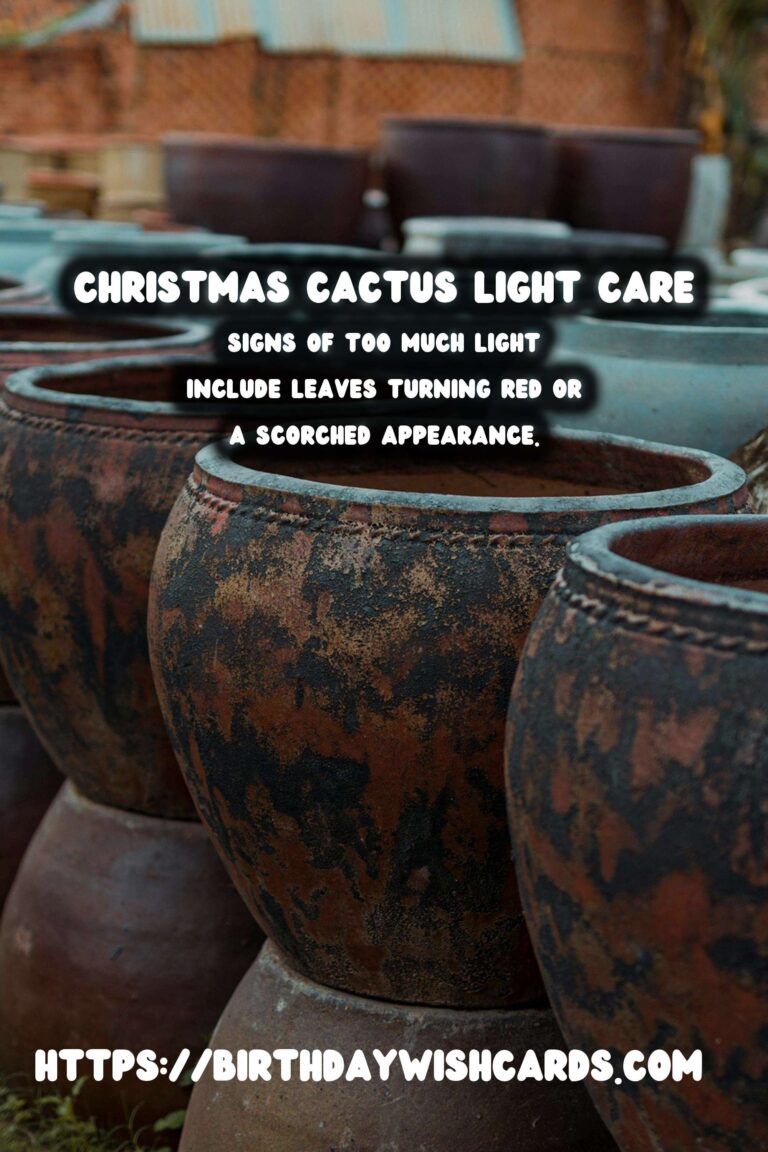
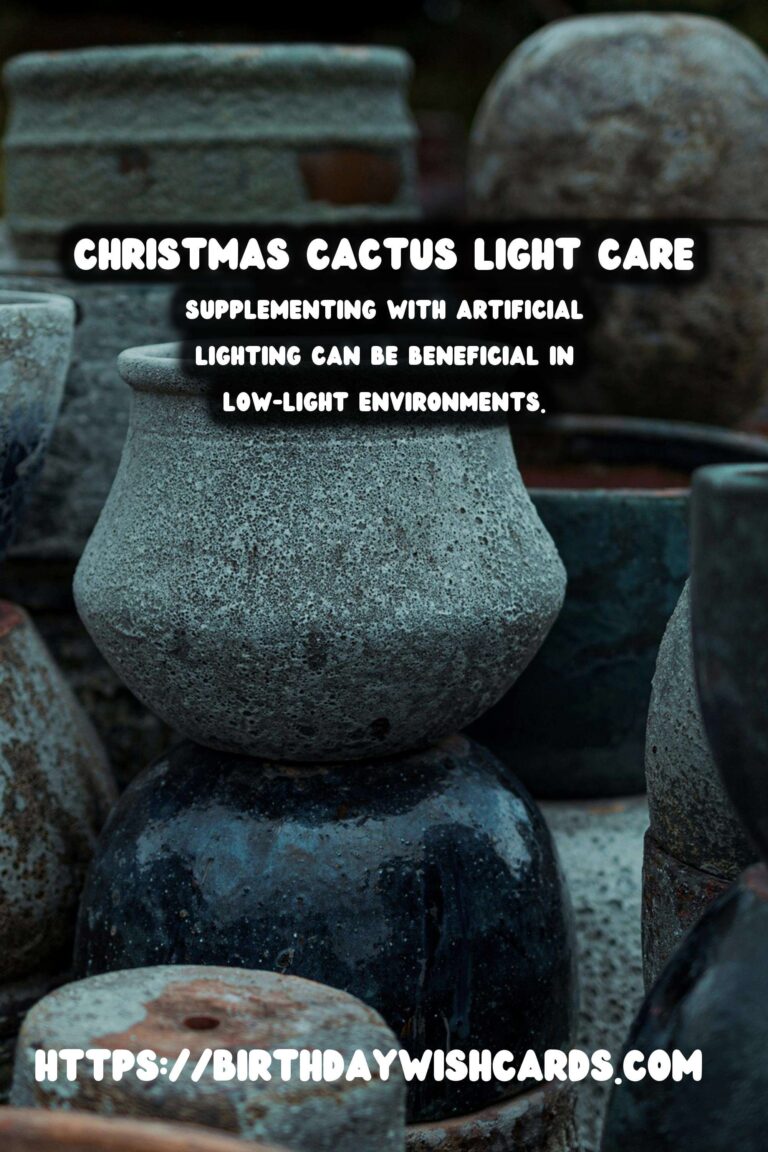
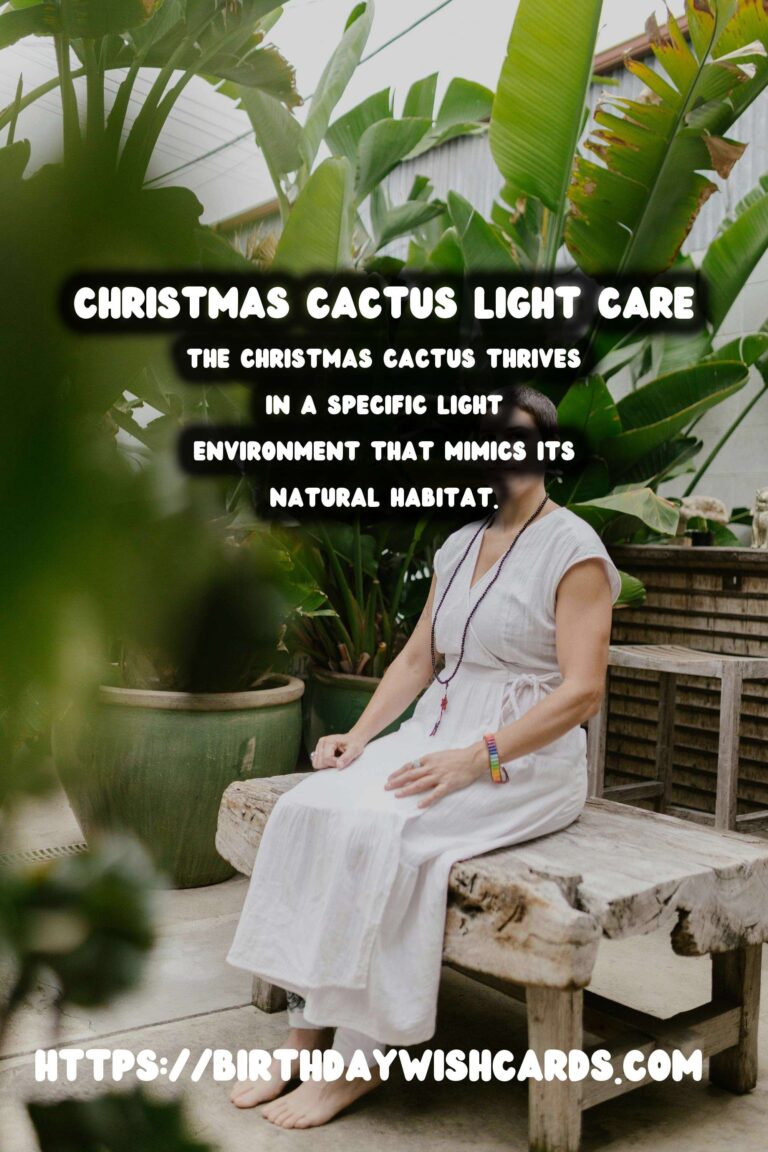

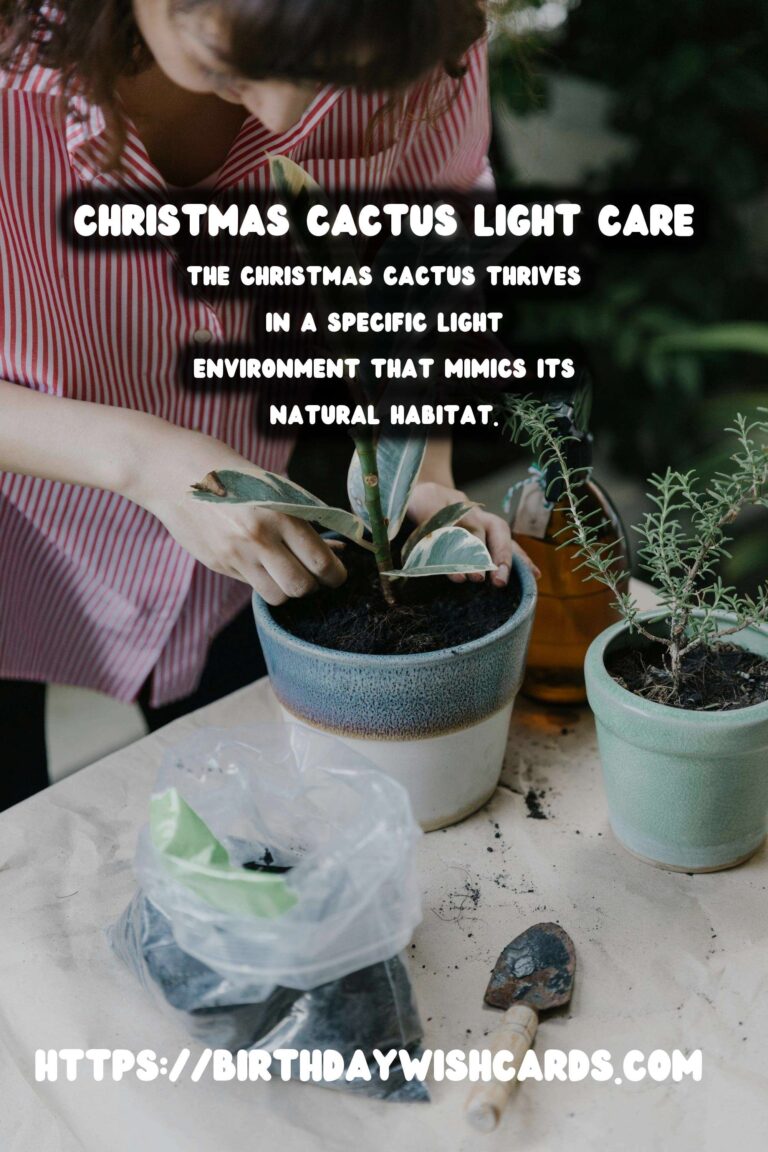
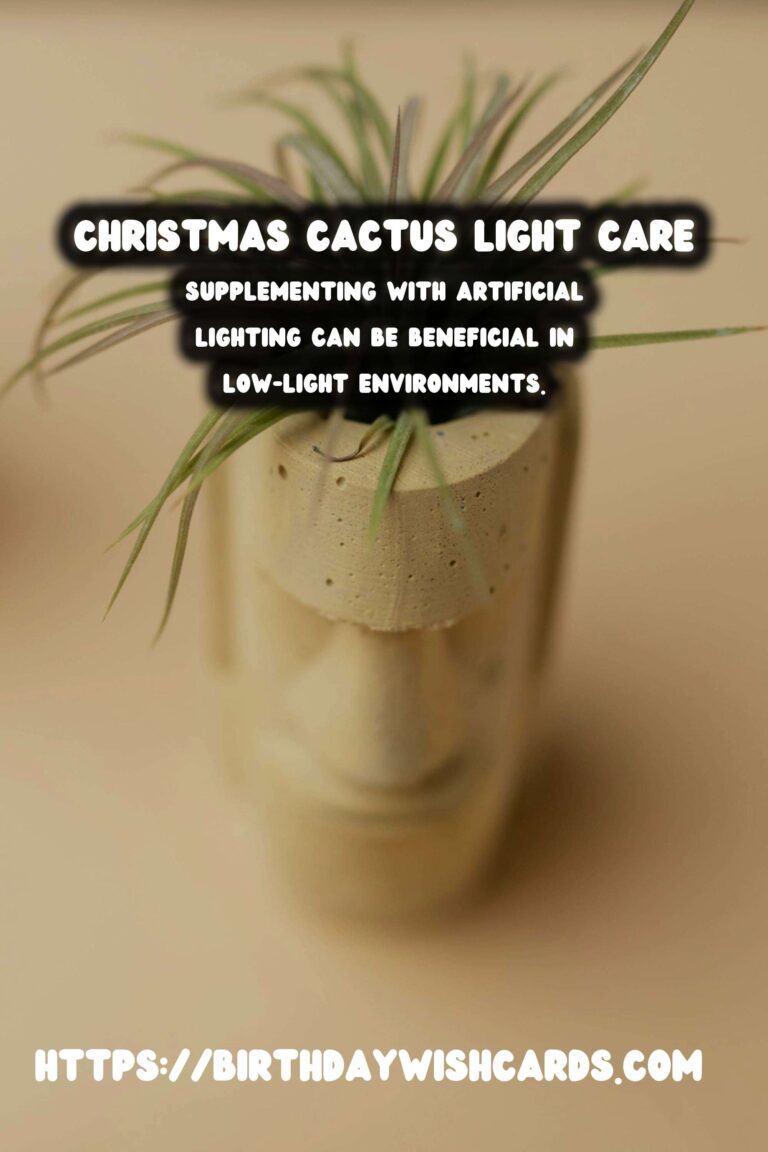
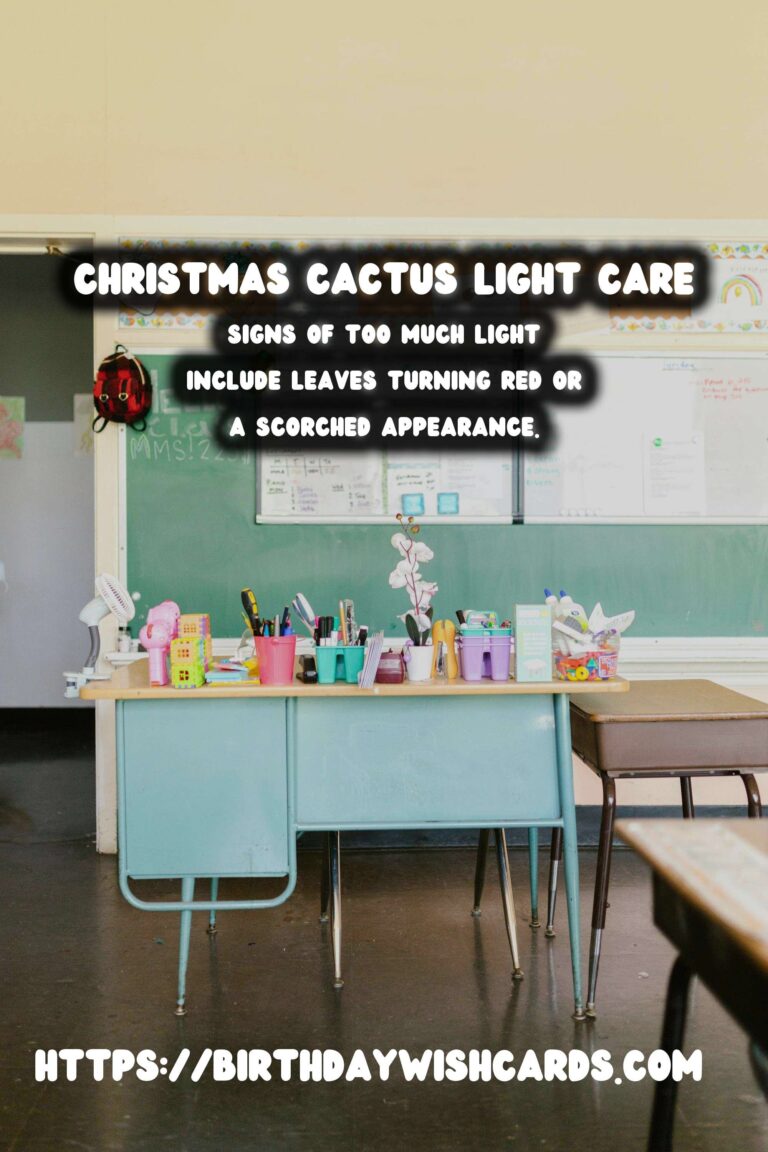

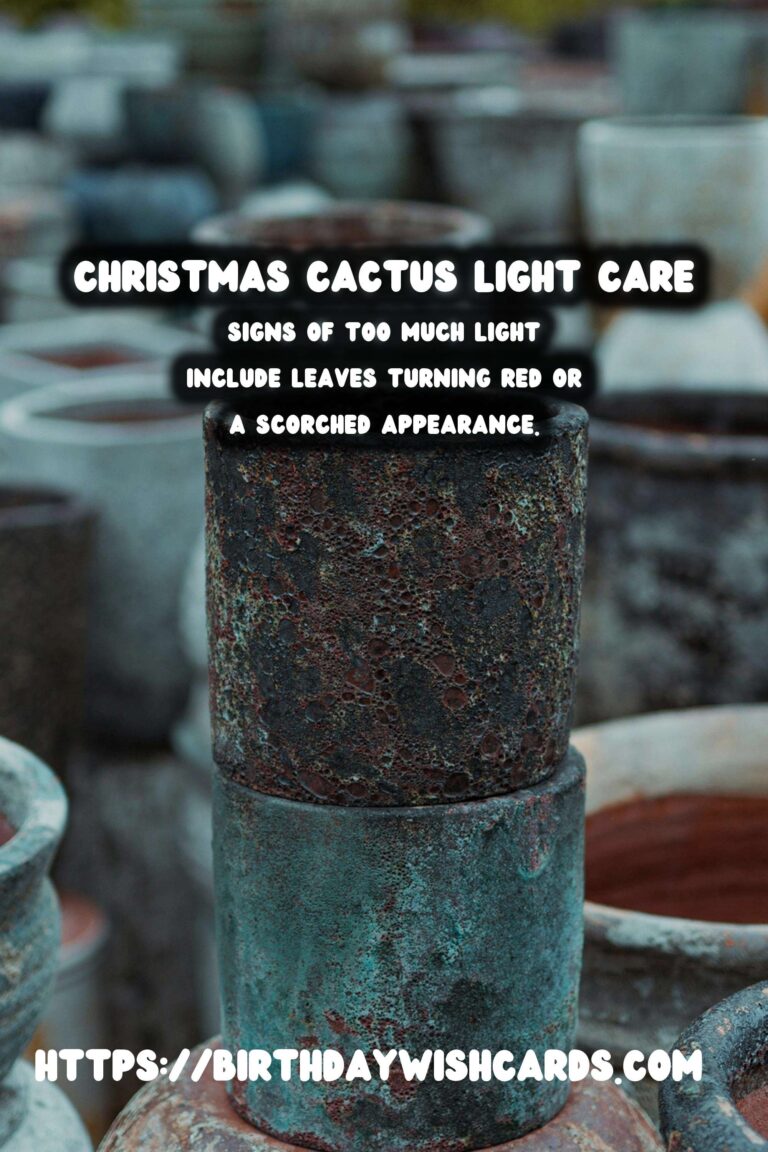
#ChristmasCactus #PlantCare #IndoorPlants #GardeningTips #HousePlants




